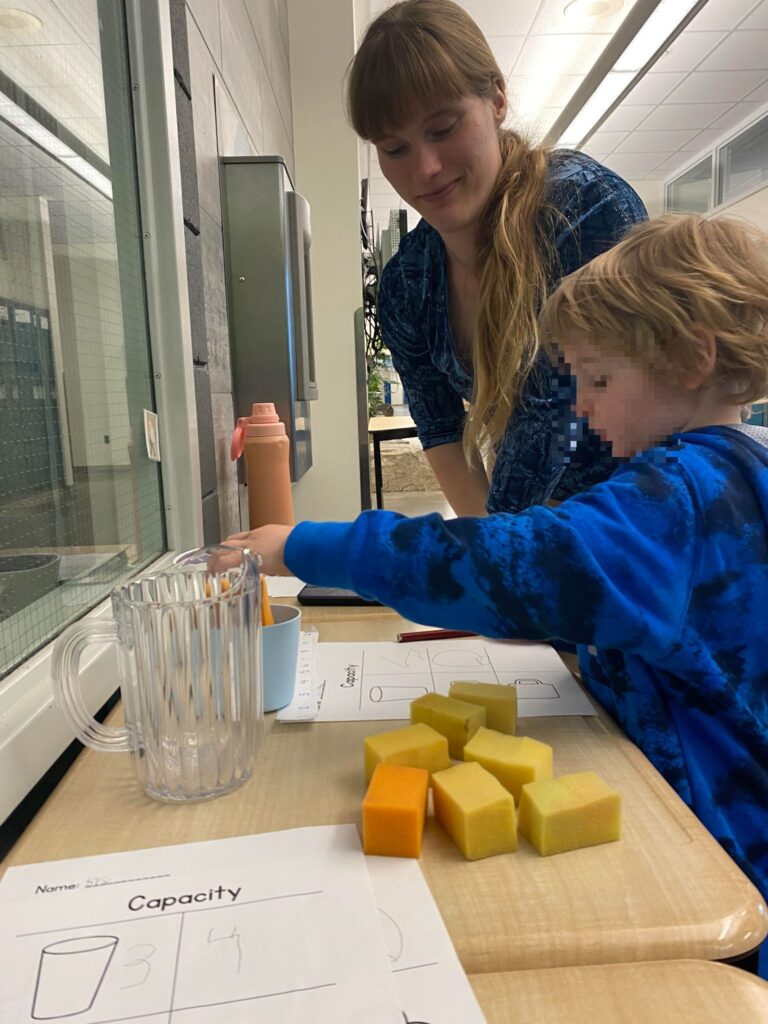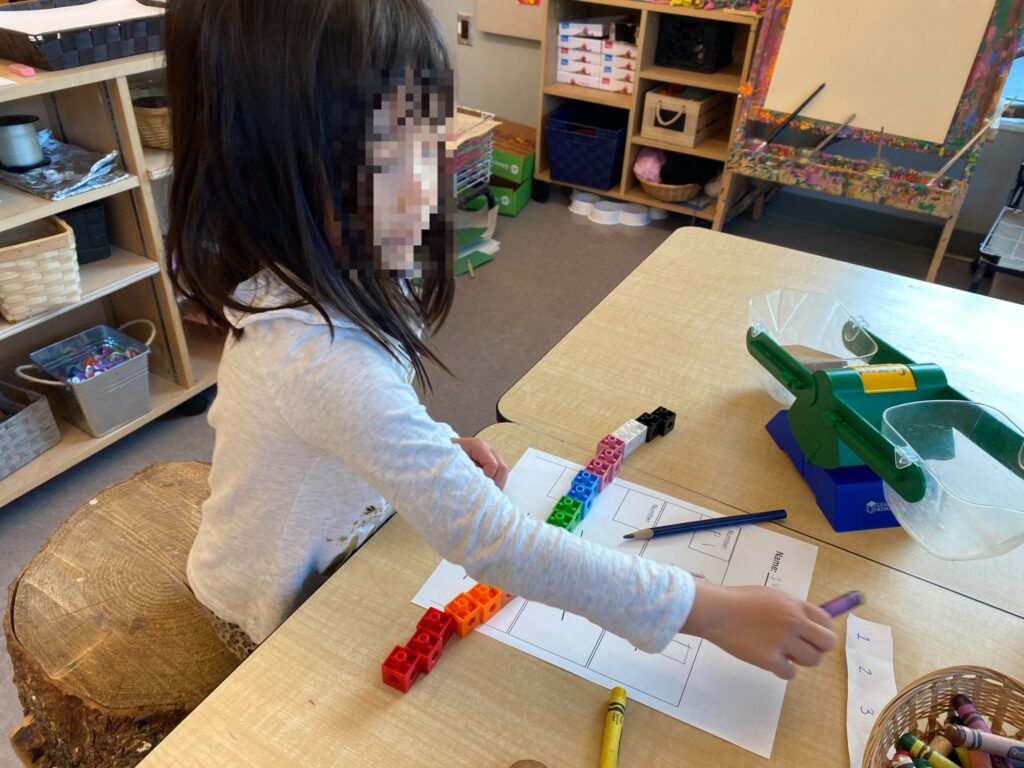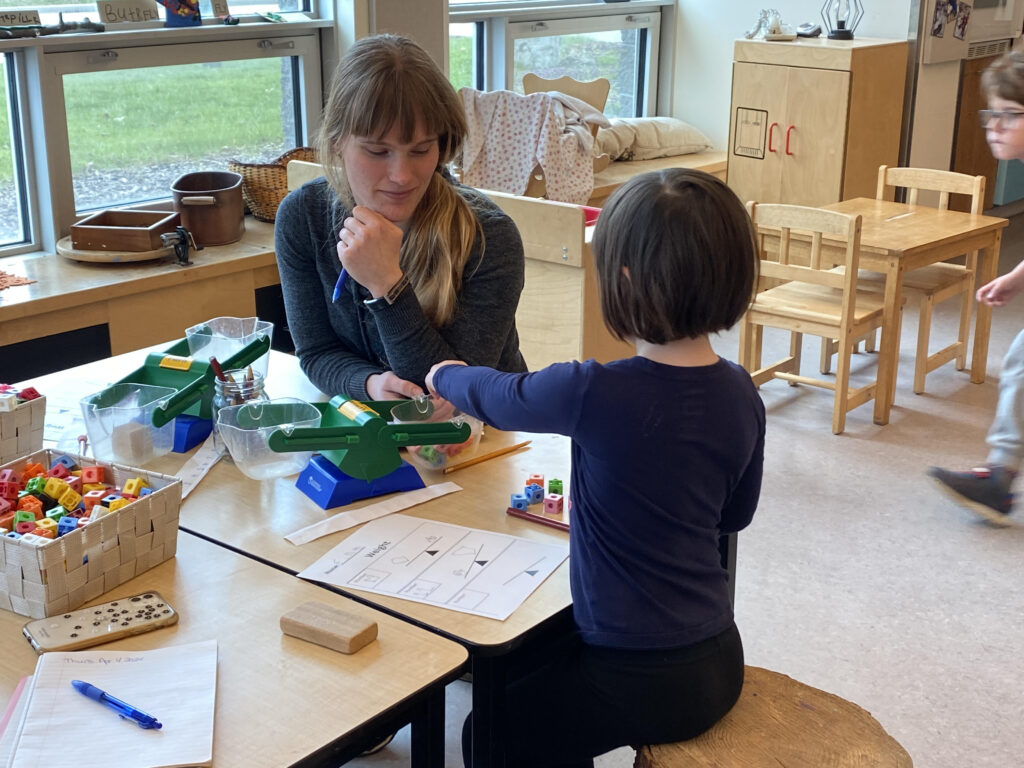Example 1
- Date: December 9, 2022
- Artifact: Mentimeter Health Lesson
- Connection to the standards of practice: Constructivists like John Dewey believed that learning should be interactive and social. To try and put this knowledge into practice, I made a Mentimeter, that enabled students to answer questions online as the lesson was taught. After that, students were given real food items to pass around and practice reading the labels.
- Relevance to my growth as a professional: I learned that the more students are involved in a lesson, the better they learn. However, engaging students in meaningful dialogue can take time, and the lesson should not be rushed.
Example 2
- Date: March/April, 2023
- Artifact: Pictures of painting lessons
- Connection to the standards of practice: In education, instruction is often scaffolded such that the learning stays within the students’ Zone of Proximal Development (ZPD). In practice, this means that instruction builds on itself and moves from more supported and direct to more independent and exploratory. A good example of when I put this theory into practice was in my art classes, when I taught my students to paint. First, I showed them different painting techniques. I showed the students a video of the painting technique, then I stood at the board and painted on a chart paper, and finally they got to paint on their paper. Once the techniques were demonstrated and understood, then I gave the students an opportunity to apply the techniques they learned to a landscape painting. Slowly, throughout four painting classes, I reduced the amount of support and direct instruction I gave, so that the students could learn more freely and independently.
- Relevance to my growth as a professional: Understanding and applying the theory of Vygotsky’s Zone of Proximal Development was very important in my practicum. Especially at the younger ages, students will not always ask questions if they don’t understand or seek additional support on their own. Thus, it is critical that lessons are scaffolded and gradually built upon, so that student feel neither helpless nor bored. If the support students need is never given, then they will feel abandoned. If the support is never removed, then students will not be challenged or become independent learners. This was an important learning experience for me as a professional when trying to apply theory to my teaching practice.
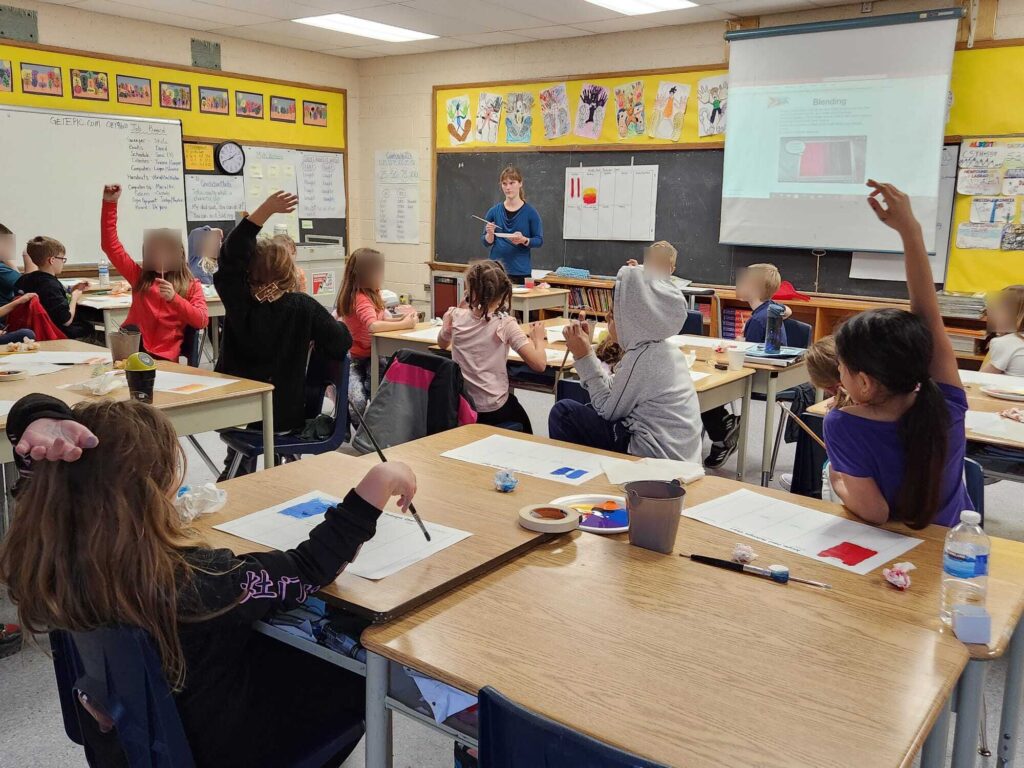
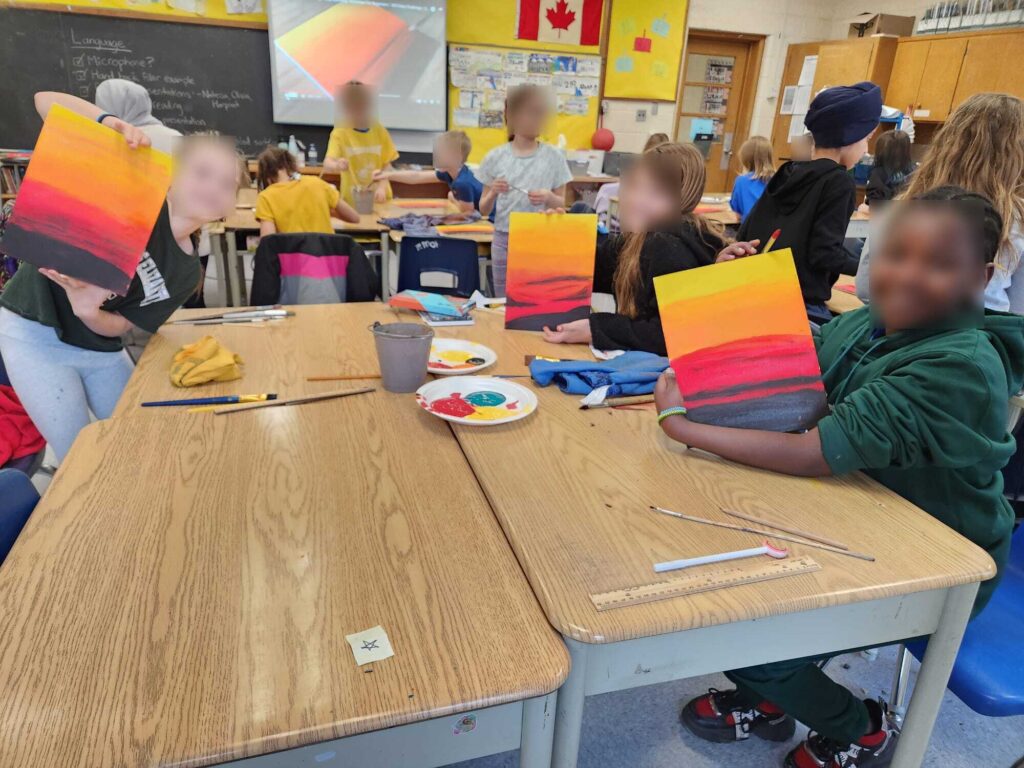
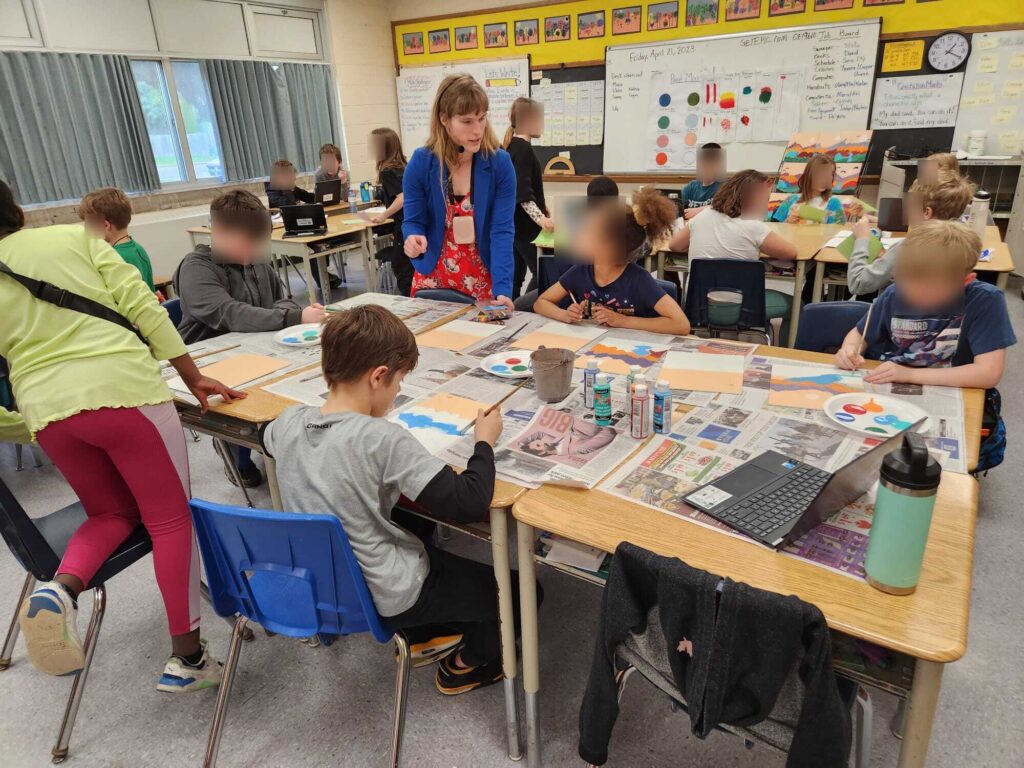
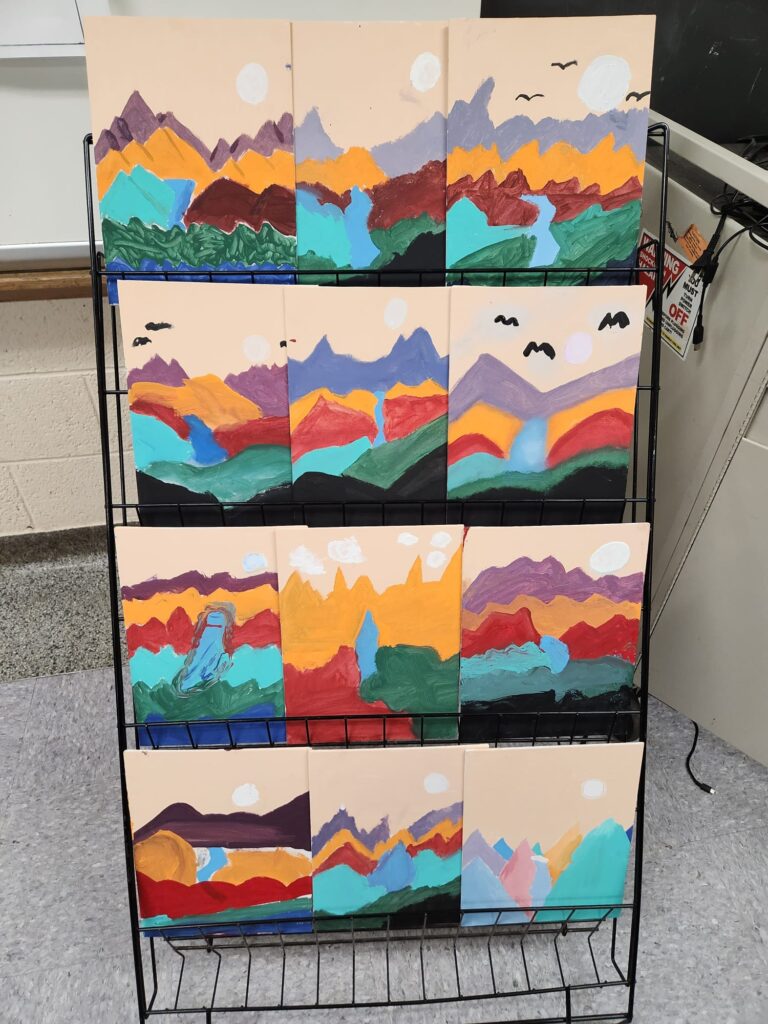
- Date: April 2024
- Artifact: Tactile assessments
- Connection to the standards of practice: The Constructivist knowledge that many students learn in a tactile way, lends itself to the professional practice of supporting tactile learning and assessment. To assess my kindergarten students’ understanding of measurement concepts in a tactile manner, I used a balance scale for weight assessment, containers for capacity assessment, and connecting cubes for length assessments. Students were always welcome to show their understanding in any way that worked best for them. They could use different kinds of manipulatives to demonstrate their knowledge. They could verbally explain what they know. Or, they could write down their answers on a paper worksheet.
- Relevance to my growth as a professional: Especially in order grades, I find teachers tend to forget the tactile methods of assessment. Often teachers use paper quizzes and tests in the older grades. I am hoping to learn from my kindergarten practicum experiences and to remember to assess students, while considering Howard Gardner’s Theory on Multiple Intelligences. By directly uploading student quotes, pictures, videos, audio recordings, and by working with smaller groups, assessments could capture understanding in a more complete way.
